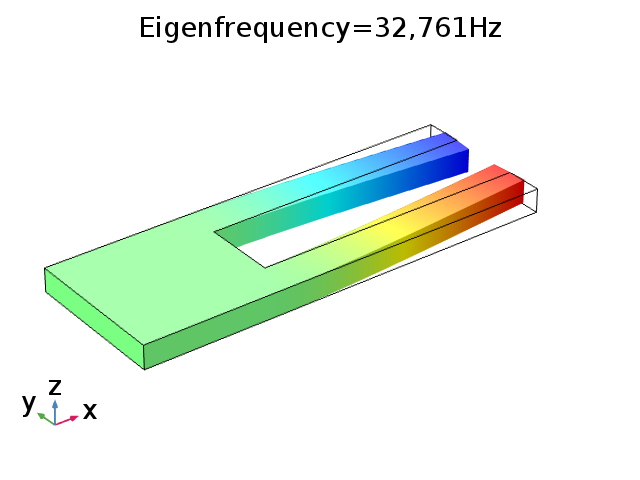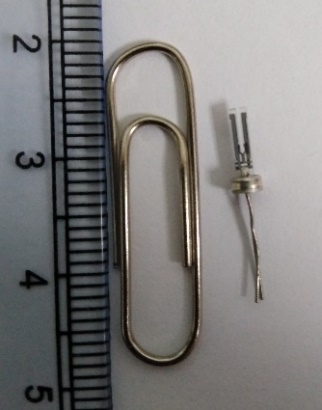In the oil and gas industry, the density and viscosity of reservoir fluids are two important parameters that could provide references for estimating the commercial exploitation value and production potential of oil and gas resources. Due to the influence of surface temperature and pressure, bringing hydrocarbons to surface temperature and pressure could irreversibly alter their viscosity. Therefore, the hydrocarbons’ viscosity measured by the surface pressure-volume-temperature (PVT) laboratory does not truly reflect the properties of the fluid in the formation.
In order to solve the problem, researchers from the Institute of Acoustics of the Chinese Academy of Sciences (IACAS) proposed a method for measuring the density and viscosity of downhole fluids in-situ using a quartz tuning fork sensor.
Researchers chose a low-cost, stable quartz crystal with resonance frequency of 32.768 kHz in vacuum as a sensing element to measure fluid density and viscosity. The millimeter-sized quartz tuning fork sensor is not only easy to install in downhole detection equipment, but also could measure the density and viscosity of the liquid at the same time. The model presented was derived and simplified from the beam theory of Euler–Bernoulli. Compared with Butterworth–Van Dyke equivalent circuit method, the relative mean square error in viscosity of the eight solutions evaluated by this simplified model was reduced by an order of magnitude.
Researchers would further study the temperature dependent model and experiments of various liquids at high temperature environment.


Figure 1. Vibration mode and physical diagram of quartz tuning fork sensor. (Image by IACAS)

Figure 2. Measurement setup of the quartz tuning fork (QTF) characteristics. (Image by IACAS)
The research, published online in Sensors, was supported by the Natural Science Foundation of China.
Reference:
ZHANG Mi, CHEN Dehua, HE Xiao, WANG Xiuming. A hydrodynamic model for measuring fluid density and viscosity by using quartz tuning forks, Sensors, 2020, 20(1),198. DOI: 10.3390/s20010198.
Contact:
ZHOU Wenjia
Institute of Acoustics, Chinese Academy of Sciences, 100190 Beijing, China
E-mail: media@mail.ioa.ac.cn


